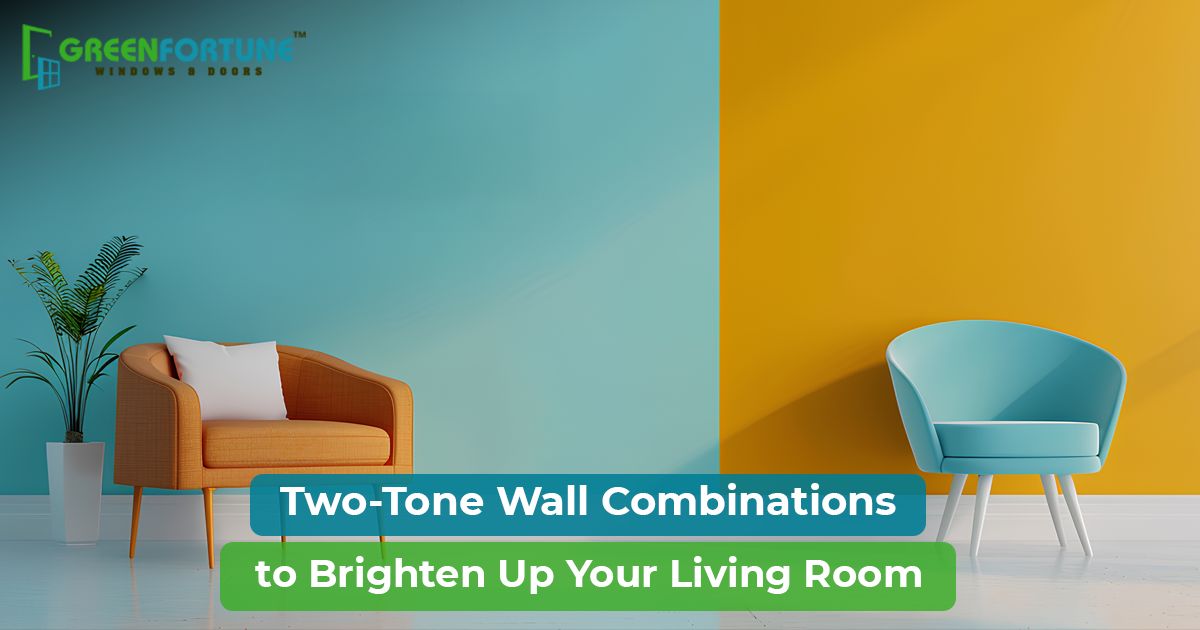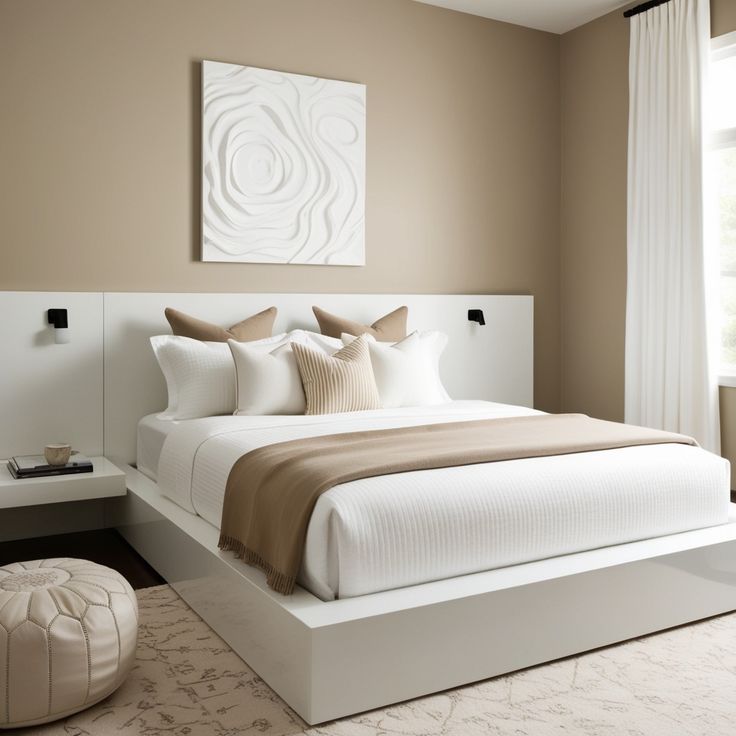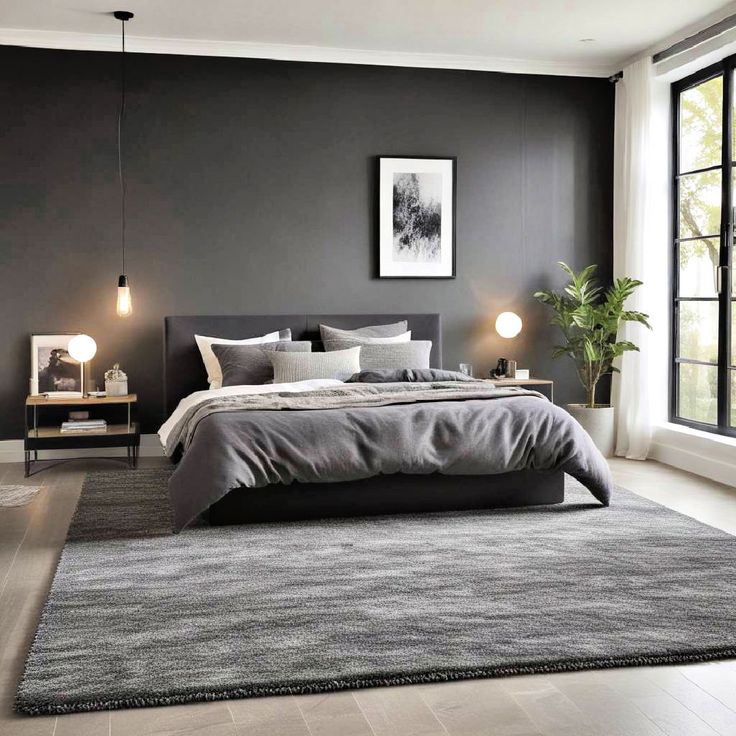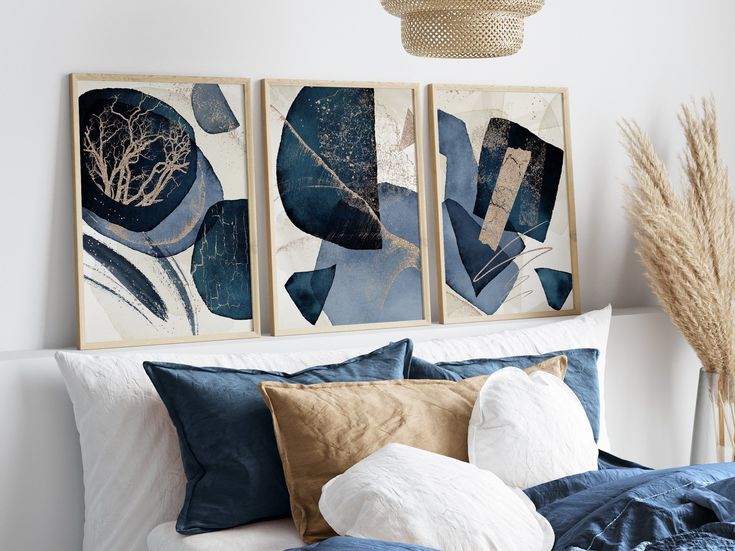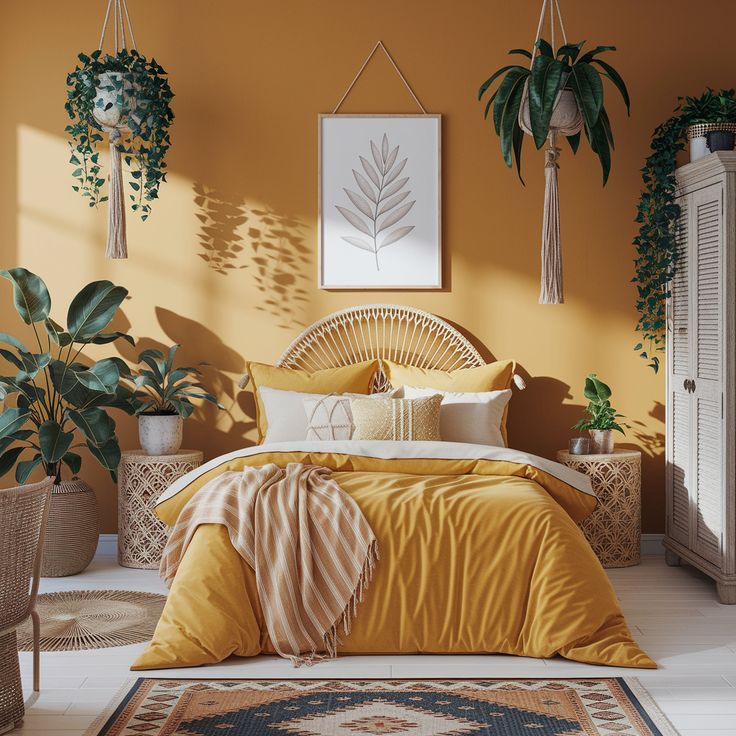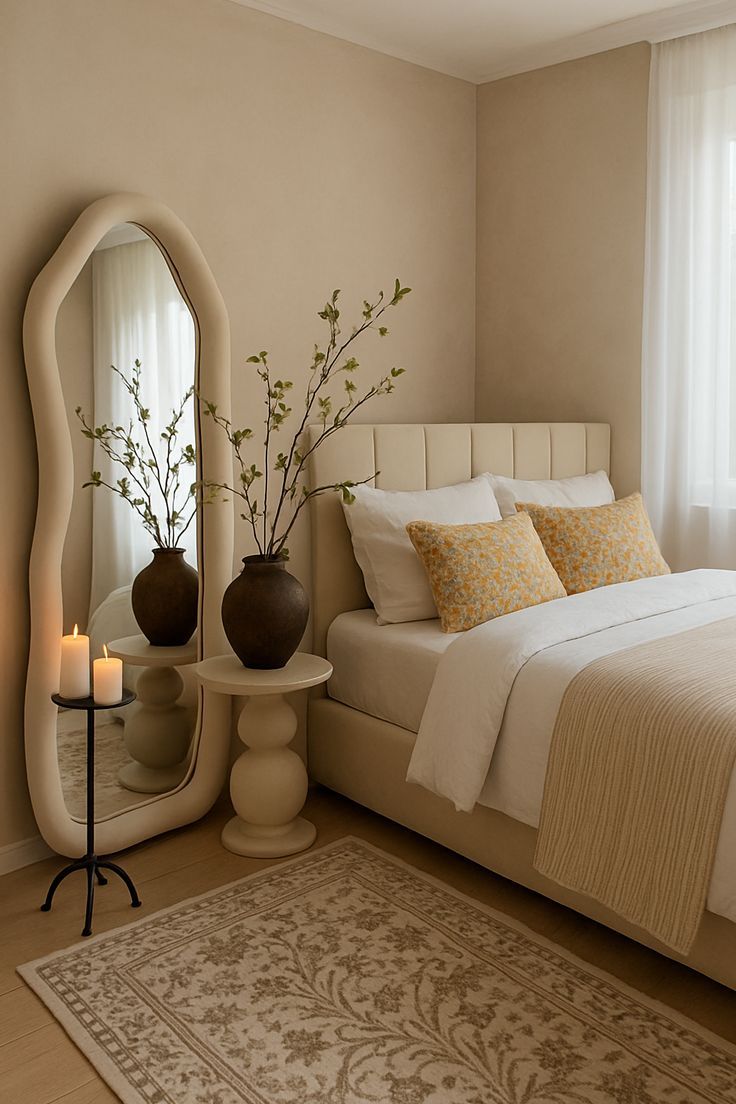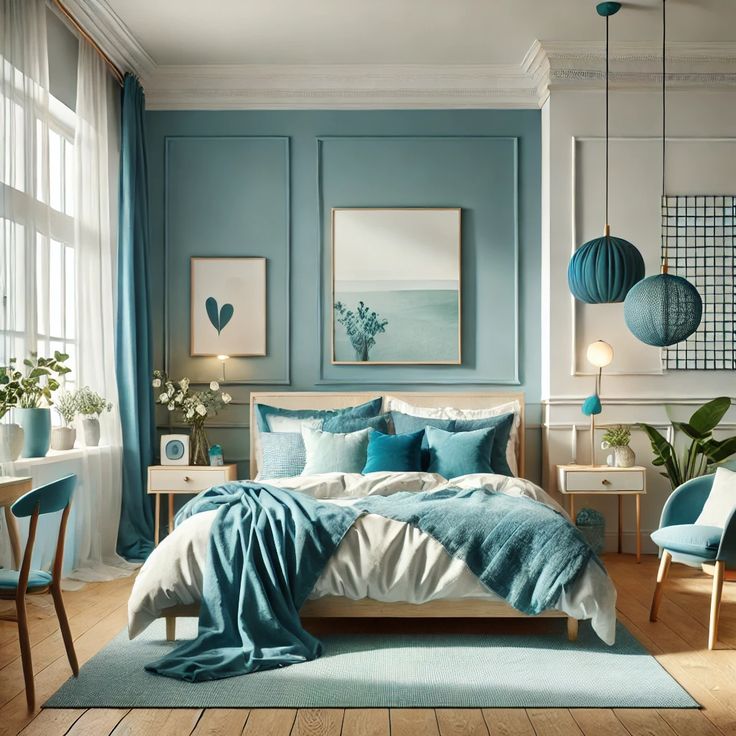
Vintage Decor Ideas That Blend Seamlessly into Modern Homes
August 25, 2025
Transform Your Entrance with Architectural Pivot Doors
August 25, 2025Your living room sets the tone for the whole house. Picking Two Colour Combination For Living Room walls is a smart way to make it feel fresh, lively, or serene. The right pair of shades balances mood, space, and style. If you’re looking for the best wall colour combination for the living room, this should help.
Let’s go through ten pairs that work well. I’ll explain why they work and how to use them well, so you’re confident in choosing the Two Colour Combination For Living Room that suits your home.
Table of contents
- 1. White and Warm Beige
- 2. Light Grey and Charcoal
- 3. Mint Green and Off-White
- 4. Navy Blue and Cream
- 5. Terracotta and Soft Taupe
- 6. Deep Emerald and Pale Grey
- 7. Mustard Yellow and Soft White
- 8. Olive Green and Stone Grey
- 9. Dusty Rose and Creamy White
- 10. Cool Teal and Pale Beige
- How to Choose Based on Room Size and Lighting
- Why the Two Colour Combination For Living Room works so well
- Tips for using these two colour combinations
- Final Thoughts
- Give your dream space the perfect finishing touch with The Green Fortune's uPVC doors and windows.
- FAQs
1. White and Warm Beige
White on three walls with one accent in warm beige is a safe starting point. That simple two colour combination for living room walls creates a serene space. It’s easy to match with furniture and works well with both traditional and modern tones.
Beige adds warmth; white keeps it open. You won’t feel it shrinking the room or making things dingy. If you’re wondering about the best wall colour combination for living room, this is often the top suggestion.
2. Light Grey and Charcoal
A more dramatic choice is pairing light grey with charcoal. The light grey softens the overall feel, while the charcoal adds depth. That makes this two colour combination for living room walls a solid option for modern interiors.
This mix is excellent if you have metallic accents or black furniture. It also hides minor marks better than plain white.
3. Mint Green and Off-White
Mint green and off-white bring freshness into the room. You can paint the main wall mint, and the others off-white. That creates a cheerful yet calm vibe. This approach to two colour combination for living room walls is great for homes that need a light, airy feel.
It’s not too bright and still feels clean. Works beautifully in living rooms with natural fabrics and light wood.
4. Navy Blue and Cream
When you want something bold without losing warmth, navy blue paired with cream does the trick. Paint the feature wall navy, and cream on the rest. This two colour combination for living room walls feels both sophisticated and cosy.
It matches well with brass or gold décor pieces or wooden furniture. This mix is often listed among modern living room colour combinations for refined style.
5. Terracotta and Soft Taupe
Terracotta and soft taupe are earthy and grounded. The warm terracotta wall gives energy, while taupe keeps the room balanced. This two colour combination for living room walls is perfect if you want a natural palette.
It brings warmth without overwhelming brightness. Works especially well in living room spaces with green plants or woven textures.
6. Deep Emerald and Pale Grey
Emerald green has surged in popularity recently. Pairing it with pale grey gives a bold but fresh two colour combination for living room walls. The emerald wall catches your eye; the light grey tones it down.
It works in a living room setting with plenty of natural light. This look blends richness with simplicity, a common goal among people searching for modern living room colour combinations.
7. Mustard Yellow and Soft White
Yellow can be tricky, but mustard yellow paired with soft white is vibrant without being harsh. Paint one wall mustard and the others white. This combo gives energy yet stays balanced. It’s a lively take on two colour combination for living room walls.
Great for homes that need a splash of warmth or creativity. Works with both light and dark wood finishes.
8. Olive Green and Stone Grey
Olive green is subtle and inviting. When paired with stone grey, this two colour combination for living room walls feels grounded and refined. The olive wall adds a touch of nature without being too strong; grey gives structure.
It suits spaces with plants, wooden furniture, or rattan elements. One of the best wall colour combination for living room choices for an earthy styling.
9. Dusty Rose and Creamy White
Dusty rose is soft and subtle. Together with creamy white, this two colour combination for living room walls brings gentle warmth and a modern twist. The rose wall feels cosy, while the white keeps the room bright.
Works well with brass accents or pastel textiles. It’s a popular pick for those wanting a modern yet delicate palette.
10. Cool Teal and Pale Beige
Teal is trendy, but too much can feel overpowering. Pairing it with pale beige keeps things elegant. This two colour combination for living room walls brings colour without chaos.
Teal adds personality; beige ensures balance. It works best in rooms with wood tones or neutral carpets. A choice often seen in modern living room colour combinations that want a hint of bold without losing calm.
How to Choose Based on Room Size and Lighting
If your living room is small or has low light, go with lighter combos like mint and off-white, taupe and terracotta, or soft white and dusty rose. These keep the space open.
Bright rooms can handle darker mixes like olive and grey, navy and cream, or emerald and grey. Try painting samples on your wall to see how the light affects them throughout the day.
Why the Two Colour Combination For Living Room works so well
Some people wonder why not one shade. Two working together adds depth and dimension. Living rooms often serve multiple functions: relaxing, entertaining, and working. Splitting colour zones helps define those areas without clutter. It answers exactly how to bring life into walls in a balanced way.
Tips for using these two colour combinations
First, try small patches in natural light before committing. Samples help you see undertones in your own light. If you can, paint a large rectangle to get a real view. Second, pick one main wall or feature and reserve the stronger shade for that. Use the softer tone on the surrounding walls. This keeps the room from feeling boxed in.
In hall‑style areas, use the accent colour on pillars or partial wall sections leading to the living zone. That way, your two colour combination for hall walls helps guide the visual flow from the entrance to the lounge without overwhelming.
Final Thoughts
The right two colour combination for living room walls can change how your space feels, calmer, warmer, brighter, or more refined. Pick a pair that suits your light, room size, and the mood you want to create.
These ten combinations reflect what people often search for as the best wall colour ideas. They’re practical and proven in real homes. Once you shortlist a few, try samples on your wall and spot how the colours work in different lighting and times of day.
When finalising, go with what feels right in your space, not just what looks good online. That’s how you create a living room that not only looks beautiful but also feels like home.
Give your dream space the perfect finishing touch with The Green Fortune's uPVC doors and windows.
They’re durable, sleek, and perfect for Indian homes that face changing weather. Whether you're upgrading your living room or doing a complete renovation, these fittings blend style with comfort. Easy maintenance, soundproofing, and energy efficiency come built in.
Visit thegreenfortune.com to explore custom options that match your wall colours beautifully.
FAQs
- Can two dark colours work well in a living room?
Yes, two dark colours can look rich and bold when used thoughtfully. It’s best to balance them with light flooring, furniture, or lighting. Think navy with charcoal or deep green with cocoa brown. - What role does lighting play in picking two colour combinations for living rooms?
Lighting changes how colours appear on walls. Natural light softens tones while artificial light can make them warmer or cooler. Always test swatches under both before finalising. - Is it okay to use different two colour combinations in connected spaces like halls and dining rooms?
Yes, as long as they complement each other and maintain flow. You can use one shared shade across both areas to connect them. Just keep the tones from clashing too hard.
Two Colour Combination For Living Room







